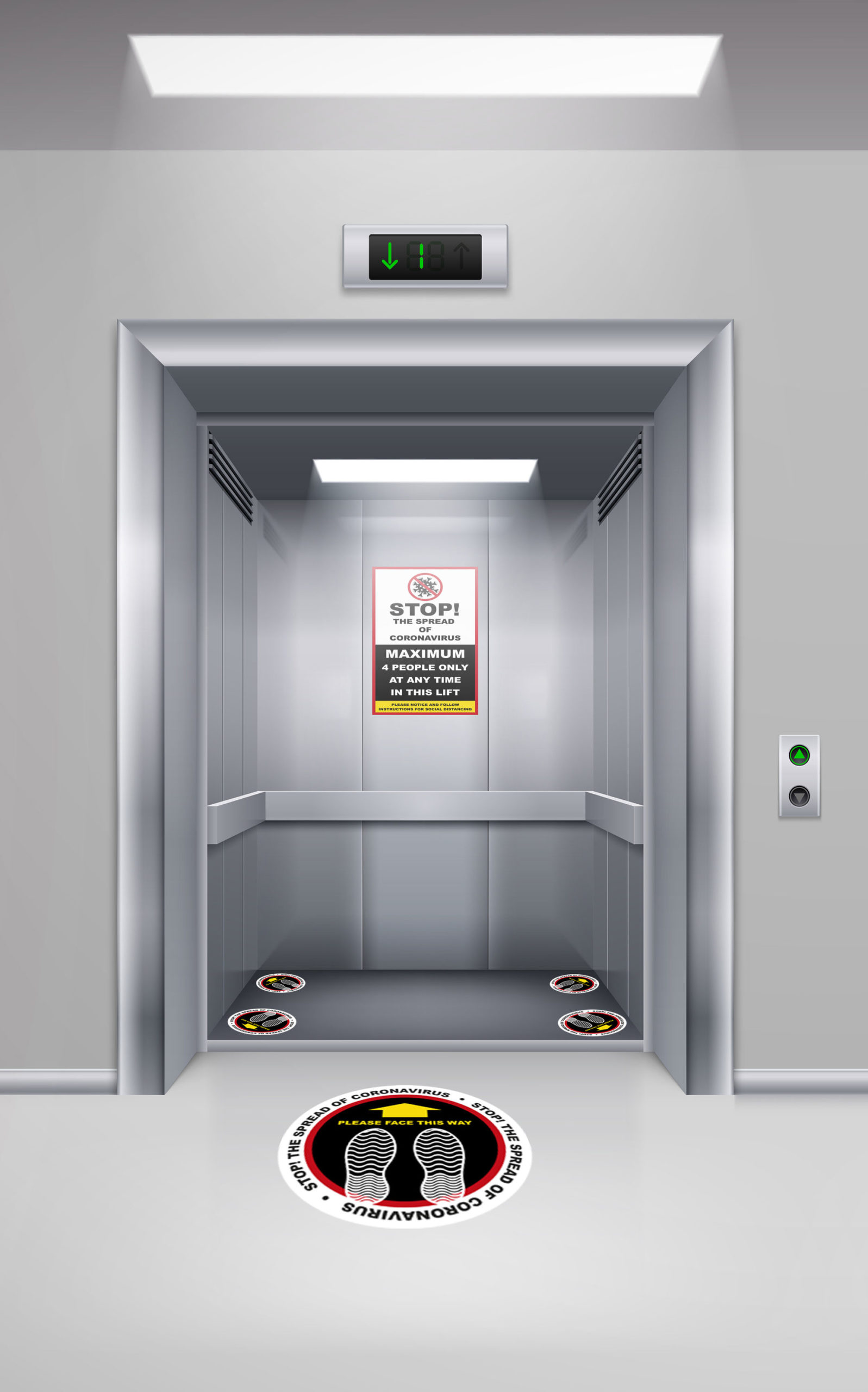London Lift Company: Offering Comprehensive Lift Solutions Across the Funding
London Lift Company: Offering Comprehensive Lift Solutions Across the Funding
Blog Article
Digging Into the Globe of Lifts: Common Concerns Faced by Different Lift Systems
As we navigate via the vertical transport systems of modern-day buildings, lifts stand out as a crucial part of our everyday lives. From hydraulic lifts to traction systems and machine-room-less styles, each lift type comes with its collection of typical problems.
Hydraulic Lifts
Hydraulic lifts, usually liked for low-rise structures, use fluid stress to control the motion of the elevator car (lift repair companies). This mechanism entails a hydraulic pump pressing oil into a cylinder, creating the elevator to relocate in the wanted instructions. While hydraulic lifts are recognized for their smooth and silent operation, they do come with their very own collection of usual concerns
One widespread issue with hydraulic lifts is oil leak. The seals in the hydraulic system can wear with time, causing oil infiltration. This not just develops a mess but can additionally influence the elevator's performance if left unaddressed. Furthermore, problems with the control system, such as damaged shutoffs or a malfunctioning pump, can cause disturbances in the elevator's movement.
Routine upkeep and prompt fixings are necessary to ensure the smooth functioning of hydraulic elevators. By addressing these typical concerns proactively, building proprietors can lessen downtime and make sure the safety and security and efficiency of their vertical transport system.
Traction Lifts
When taking into consideration vertical transportation systems in structures, another common kind apart from hydraulic elevators is the traction lift. Traction lifts operate making use of a system of ropes and weights that move the lift car by grasping onto the hoist ropes. This device enables smoother and much faster vertical transportation compared to hydraulic systems.
Among the usual problems faced by grip elevators is rope wear. The continuous activity of the ropes within the grip system can cause damage gradually, possibly causing the elevator to breakdown or come to be harmful for use. Routine inspections and upkeep of the ropes are important to make certain the lift's proper performance and security.
One more issue that traction lifts may encounter is associated with the control system. Problems with the control system can lead to problems such as erratic movement, hold-ups in action times, or perhaps total shutdowns. Routine screening and upkeep of the control system are essential to protect against such concerns and ensure the elevator's dependability.
Machine-Room-Less (MRL) Lifts

Among the crucial components of MRL elevators is the compact gearless traction equipment that is mounted within the hoistway. This maker efficiently drives the elevator auto without the demand for large tools located in standard traction lifts. Additionally, MRL lifts normally utilize a weight system to stabilize the vehicle, further enhancing their power effectiveness.
In spite of their benefits, MRL elevators may encounter obstacles connected to upkeep and repair disabled platform lifts prices uk work due to the restricted space for tools installation. Ease of access for servicing parts within the shaft can be restricted, needing specialized training for service technicians. Proper upkeep routines and routine evaluations are critical to make sure the ongoing smooth operation of MRL elevators.
Overloading and Weight Limitation Issues
Straining and weight limitation issues are vital concerns in elevator operations. Elevator makers style lifts with specific weight capabilities to make sure traveler security and equipment longevity.
When lifts are overloaded, it puts too much strain on the motor, cables, and various other parts, possibly creating malfunctions or malfunctions. If they spot excess weight, security devices such as sensors and overload sensors are in area disabled platform lifts prices uk to prevent lifts from moving. In addition, exceeding weight limitations can bring about raised power usage and damage on the elevator system.
To mitigate overwhelming concerns, constructing supervisors ought to prominently present weight limitations in elevators and educate occupants on the relevance of adhering to these restrictions - lift repair companies. Routine maintenance checks by certified technicians can likewise help make certain that lifts are running within safe weight criteria. By resolving overloading and weight limit problems proactively, building proprietors can enhance elevator security and performance
Electrical System Failings
Going beyond weight limits in lifts can not just lead to mechanical concerns however additionally potentially contribute to electric system failures within the lift framework. Electrical system failures are a vital concern in elevator procedure, as they can trigger unexpected closures, malfunctions, or even safety and security risks.
Routine upkeep and examinations are vital to determine and deal with prospective electric problems immediately, making certain the reliable and secure procedure of lift systems. By sticking to weight limits and conducting routine electrical system checks, building owners can mitigate the risk of electrical failings in elevators.
Final Thought

Hydraulic elevators, frequently liked for low-rise structures, utilize fluid pressure to manage the activity of the lift car.When thinking about vertical transportation systems in structures, another common kind apart from hydraulic lifts is the traction lift. Traction elevators run utilizing a system of ropes and weights that move the lift vehicle by grasping onto the hoist ropes. Unlike conventional elevators that require a different machine space to house the tools, MRL lifts incorporate many of the elements within the shaft, getting rid of the need for a committed equipment space.In verdict, elevators face typical issues such as hydraulic breakdowns, grip system failings, and electrical system issues.
Report this page